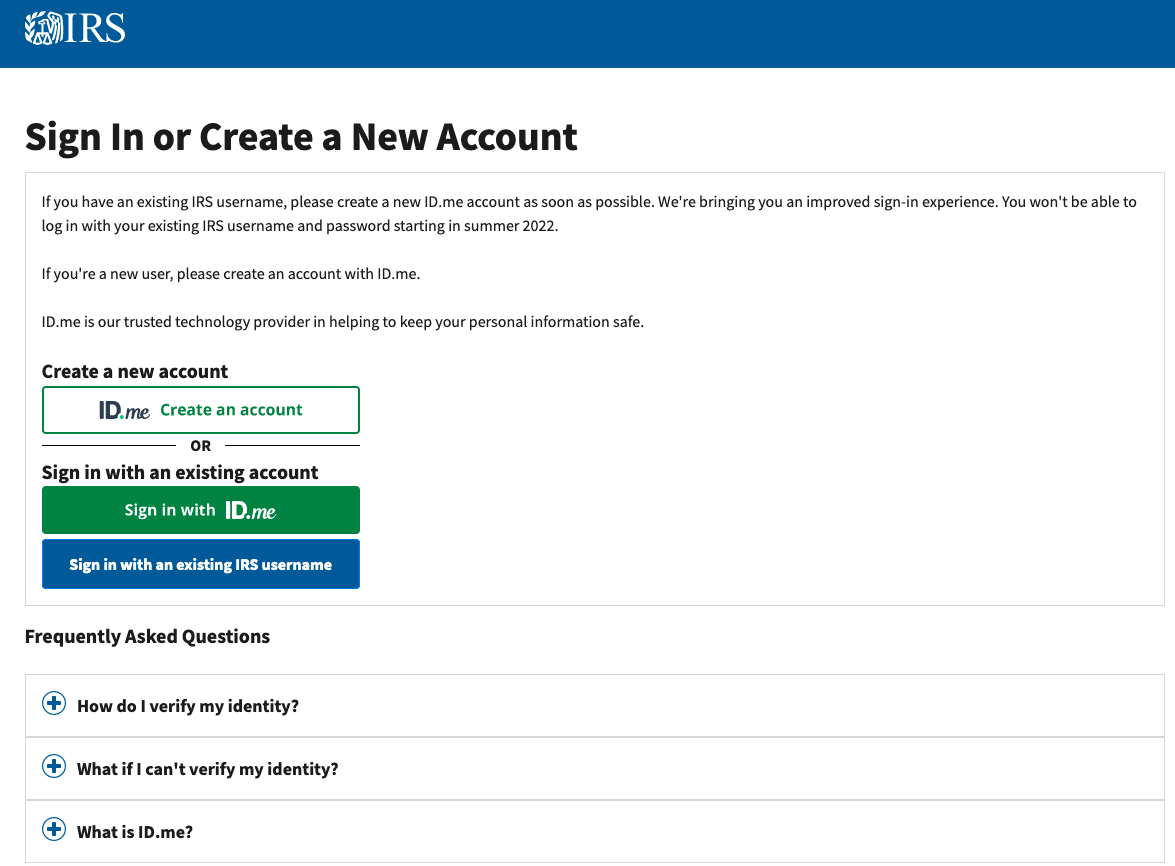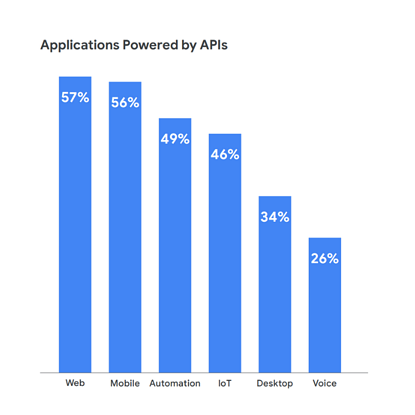Election security threats require more federal resources, officials say
State and local election officials warned during a Senate Rules and Administration Committee hearing on Wednesday that nefarious uses of emerging technologies, hacking attempts and the harassment of election workers risk undermining the public’s faith in the accuracy of U.S. elections without more federal intervention.
Since the 2020 presidential election, Arizona Secretary of State Adrian Fontes said his state has live-streamed equipment certifications to promote transparency and worked with the National Association of Secretaries of State and federal agencies to instill trust in the voting process. But he added that “there’s still more that can be done” at the federal level, including providing local jurisdictions with more election-related funding and guidance to safeguard their systems and personnel.
He said artificial intelligence, for instance, “has the potential to confuse voters and wreak havoc on the administration of elections,” including allowing deepfakes of election officials to spread misinformation on social media.
“If I were to go on TV afterwards, or even Instagram Live, to debunk these deepfakes, who would know which was the real me?” he added. “Foreign actors from hostile states such as Iran, China, Russia and North Korea appear ready to take advantage of this nightmare scenario.”
Lingering conspiracies about the accuracy of U.S. elections are also resulting in new challenges for election officials. Some jurisdictions are being overwhelmed with what Fontes called “analog” distributed denial-of-service — or DDoS — attacks, which he said “comes in overly voluminous and unnecessary public records requests that have absolutely nothing at their end.”
“We hear of a DDoS attack against an electronic system where hackers will come in and absolutely flood a system with digital attacks,” Fontes said, adding that he supports rigorous transparency but that these types of constant requests often represent “a coordinated effort to undermine the democracy that upholds our republic.”
While not all officials at the hearing voiced support for more federal involvement in the voting process or expressed concerns about the intimidation of election…






